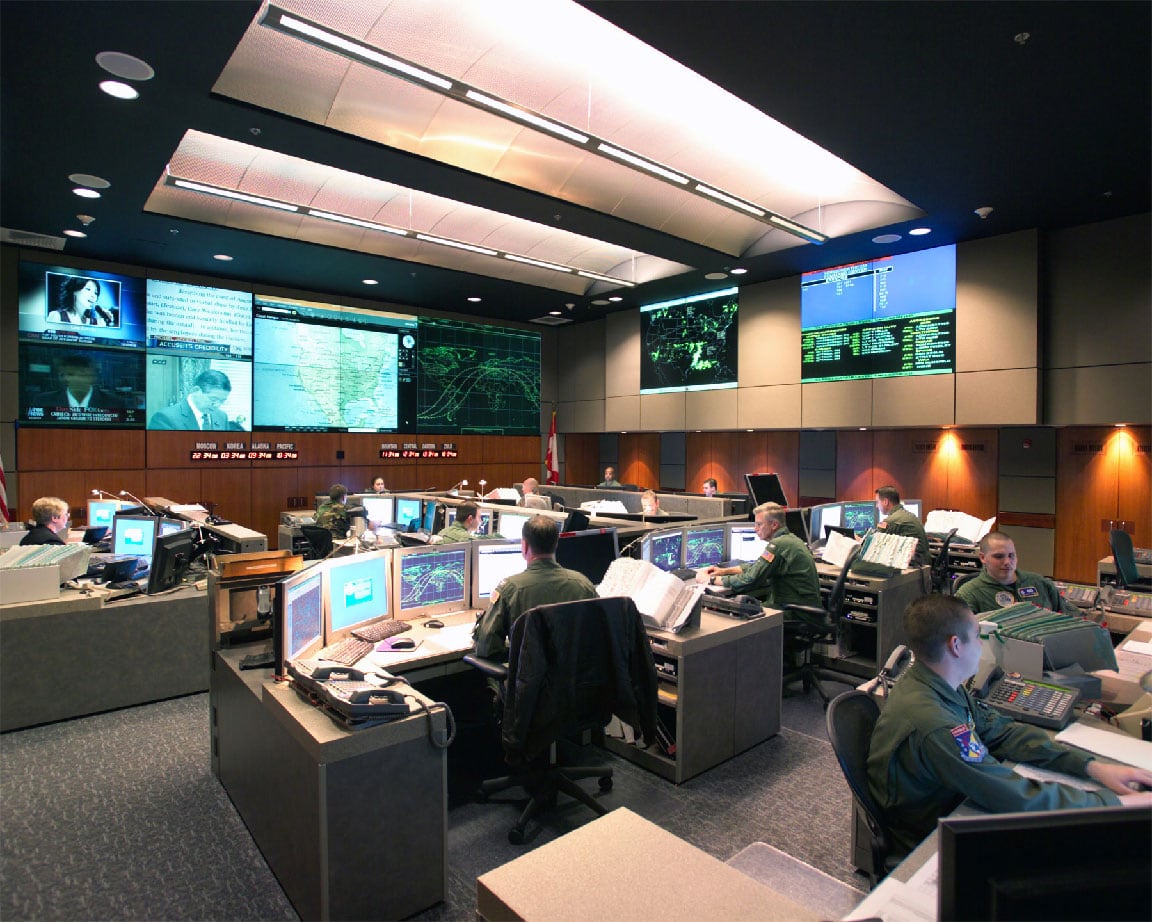NEW ORLEANS — The U.S. “homeland is no longer a sanctuary,” according to the four-star general in charge of both U.S. Northern Command and North American Aerospace Defense Command.
Air Force Gen. Terrence O’Shaughnessy ended a speech at the 140th National Guard Association conference in New Orleans this weekend with a warning that the era of great power competition doesn’t leave the U.S. mainland uncontested.
Peer-level adversaries are probing U.S. defenses in multiple domains, and the continental United States is well within their sights.
“We’re in a changing security environment,” O’Shaughnessy said. “We used to think about the sanctuary we had with oceans and friendly countries to our north and south, but that’s changing with adversaries that are actually able to reach out and touch us now.”
The concern falls in line with Defense Secretary Jim Mattis' new National Defense Strategy, which prioritizes peer-level adversaries as greater threats than lower-end insurgent forces like those seen in Iraq and Afghanistan over the past decade.
These peer-level foes are Russia and China, according to O’Shaughnessy and Mattis.
“We have to think about our defense in different ways than we have in the past. That means we need to fundamentally re-think when we say homeland defense how we’re going to do that against a peer competitor," O’Shaughnessy said.

“A good example is the new AESA radars we’re trying to put in the F-16s, and we’re making progress on [it],” he added, referencing Northrop Grumman’s APG-83 Scalable Agile Beam Radar with an active electronically scanned array, or AESA.
The Air Force originally selected that system to upgrade 72 Air National Guard F-16 Falcons for the air defense mission, according to a joint press release in June 2017.
Those systems aren’t needed for traditional intercept missions, like that of a hijacked airliner. Instead, the new radars are designed for cruise missiles.
The AESA radar is able to detect and track a greater number of targets, faster and at longer ranges. Additionally, it can operate in hostile electronic environments, according to Northrop Grumman.
“We need to make sure that stays on track,” O’Shaughnessy said. “We’re looking for those types of things ... that we need to invest in and that investment needs to be active duty, guard and reserve.”
An example of capabilities that may be able to penetrate U.S. defenses is Russia’s development of hypersonic glide missiles, which pose a space-borne threat. The glide vehicle could allegedly fly an arced trajectory high into the atmosphere, near or into space, atop an intercontinental ballistic missile, thereby avoiding existing missile defense systems, according to a March speech by Russian President Vladimir Putin.
RELATED

The warnings may sound dire, but they dial into a changing reality as new domains of conflict open up, according to Air Force Chief of Staff Gen. Dave Goldfein.
“It’s probably dangerous for us to think we can physically be a sanctuary when we’re in competition below a level of armed conflict, and we have a couple of new domains that our adversaries are operating in: cyber and space,” Goldfein told Military Times.
He added that the new strategy doesn’t necessarily mean the U.S. military is going back to a Cold War mentality, but it is important to reassess how adversaries are probing America’s traditional advantages for new weaknesses.
“Our competitors have studied the way we fight and the way we operate and are investing in and training in ways to take those advantages away from us," Goldfein said.
Kyle Rempfer was an editor and reporter who has covered combat operations, criminal cases, foreign military assistance and training accidents. Before entering journalism, Kyle served in U.S. Air Force Special Tactics and deployed in 2014 to Paktika Province, Afghanistan, and Baghdad, Iraq.




